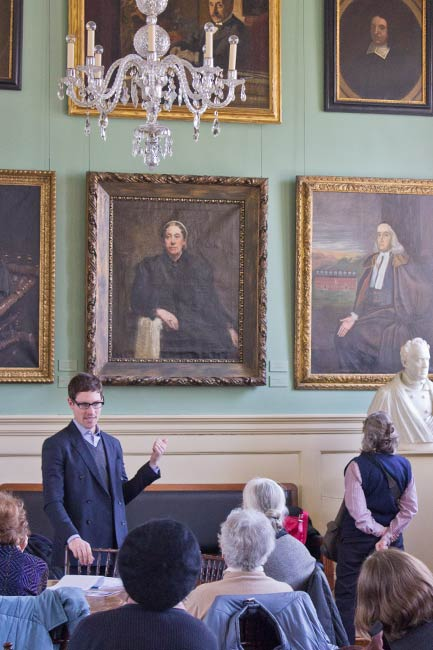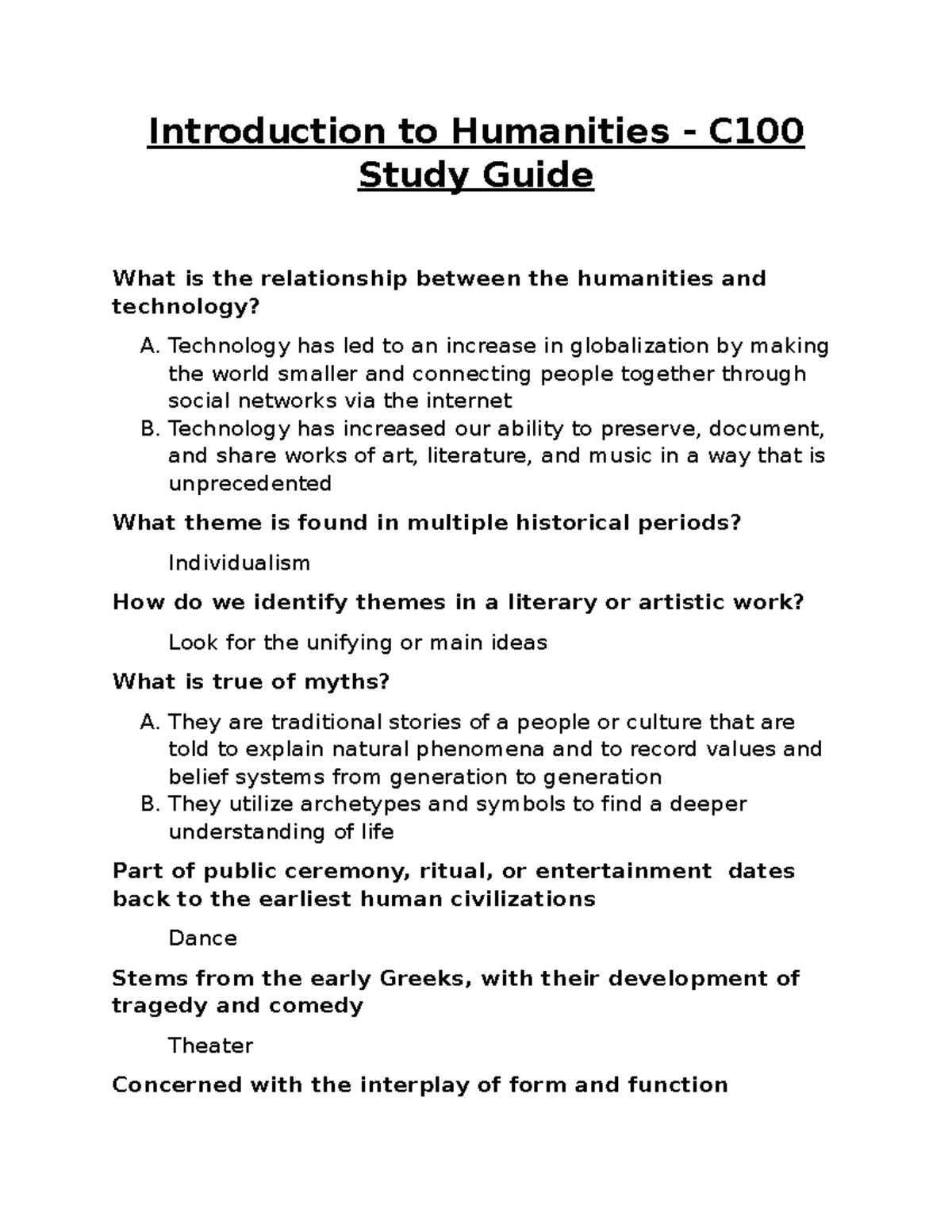The Harvard portraiture exhibit, a vibrant celebration of impactful figures throughout history, invites viewers to engage with powerful narratives of social justice and change. Curated by renowned artist Robert Shetterly and the Harvard Foundation, this exhibition highlights portraits that not only honor individuals like civil rights icon Pauli Murray but also elevate the conversations around gender equity and representation. Featuring works from Shetterly’s acclaimed “Americans Who Tell the Truth” series, the exhibit emphasizes the courage of those who have dared to challenge the status quo. As attendees explore these profound civil rights portraits, they are reminded that art can be a catalyst for awareness and advocacy. The Harvard Foundation Portraiture Project further enriches this dialogue, showcasing how diverse voices have influenced our understanding of history and progress.
The recent exhibit dedicated to portraiture at Harvard serves as a compelling intersection of art and social activism, bringing forward the legacies of influential personalities. This showcase not only features Robert Shetterly’s remarkable artwork but also pays tribute to the broader movement for gender equity and civil rights through its carefully curated selections. By focusing on historically significant figures who courageously confronted societal challenges, the exhibition creates an immersive experience that encourages reflection and dialogue. Visitors to the portrait gallery can appreciate the rich narratives behind each artwork, fostering an environment where diverse stories of resilience are honored and recognized. Ultimately, this initiative reinforces the vital role of visual storytelling in promoting awareness and sparking meaningful conversations about justice and equality.
The Importance of Portraiture in Telling Social Justice Stories
Portraiture serves as a powerful medium for conveying social narratives and highlighting the stories of figures who have significantly impacted society. In the context of Robert Shetterly’s “Americans Who Tell the Truth” and the Harvard Foundation Portraiture Project, portraits become more than mere images; they transform into vessels of storytelling that celebrate resilience and challenge the status quo. Each painting invites viewers to engage with the subject’s journey, encouraging a deeper understanding of the social issues they champion, from civil rights to gender equity. The act of painting is an intimate process, capturing not only the physical likeness of the subject but also the essence of their courage and commitment to justice, thereby fostering empathy among the audience.
Moreover, as noted by Robert Shetterly, each portrait encapsulates a specific moment in time marked by courage. These portrayals not only honor those depicted but also serve as inspiration for future generations. By intertwining the painted figure’s likeness with their spoken words, as Shetterly does through his unique technique of incising quotes on wood panels, the stories gain a tangible weight, allowing their messages to resonate more profoundly. This method invites contemplation, urging viewers to slow down and reflect on the significance of these figures and their contributions to social justice.
Harvard Portraiture Exhibit: A Celebration of Changemakers
The recent Harvard portraiture exhibit, titled “Seeing Each Other: A Conversation Between the Harvard Foundation Portraiture Project and Americans Who Tell the Truth,” serves as a celebration of individuals who have made indelible marks on the landscape of social justice. The exhibit features paintings of remarkable women, including prominent figures like Pauli Murray and Rosa Rios, effectively elevating their contributions to gender equity and civil rights. By showcasing these portraits, the exhibit not only honors the achievements of these women but also emphasizes the continuing struggle for representation and equality in society.
This exhibit also bridges various projects, incorporating the work of artist Stephen Coit, who shares Shetterly’s passion for portraying diverse voices. Together, their artworks tell a collective story that echoes the commitment of the Harvard Foundation to foster intercultural understanding and social justice. The portraits serve as reminders that the fight for equity is ongoing, and being able to view these powerful representations side by side encourages dialogues about the importance of advocacy and resilience in achieving lasting change.
The Artistic Process of Robert Shetterly
Robert Shetterly’s artistic process is deeply intertwined with his convictions about social justice. After initially setting out to create a series of portraits to express his discontent with societal injustices, Shetterly’s journey evolved into one of exploration and growth, resulting in a vibrant collection of over 200 pieces. His method of working directly with his subjects to understand their stories is what distinguishes his portraits. By collaborating with them to decide on background elements, attire, and facial expressions, Shetterly allows the subjects to narrate their truths, thereby creating a sense of empowerment and connection that elevates his art beyond traditional portraiture.
The tactile nature of Shetterly’s painting technique further enriches the viewer’s experience. The use of wood panels as a canvas and the application of quotes through incising creates a layered, organic quality to his works, inviting viewers to engage with the artwork on a multi-sensory level. This innovative approach not only emphasizes the voices of those portrayed but also challenges observers to reflect on the broader historical and social context surrounding each individual. Through his work, he fosters a dialogue around the relevance of civil rights and gender equity, making his portraits not only visually striking but also profoundly impactful.
Art as a Tool for Advocacy and Change
Art has always played a pivotal role in social movements, acting as both a mirror and a catalyst for change. The work of Robert Shetterly and the Harvard Foundation Portraiture Project embodies this notion, as their portraits serve to spotlight critical issues such as civil rights and gender equality. By engaging with the audience through powerful imagery and resonant quotes from each subject, these projects challenge viewers to reflect on their beliefs and actions regarding justice in society. Art becomes a means of advocacy, allowing marginalized voices to be heard and acknowledged.
Furthermore, exhibitions like “Seeing Each Other” function as platforms for community engagement, providing opportunities for dialogue among diverse groups. They inspire action by showcasing the stories of individuals who have fought for equity and justice, igniting passion and engagement among viewers who may not have previously recognized the insidious nature of social inequities. This reinforces the idea that art is not just aesthetic; it is a powerful tool for mobilizing change and inspiring individuals to take up the mantle in the ongoing fight for social justice.
Engaging with Female Changemakers through Portraiture
The celebration of female changemakers in the Harvard portraiture exhibit underscores the crucial role women have played in advocating for social justice and equality. Figures like Pauli Murray and Eileen Southern are not just subjects of art; they represent the unwavering spirit of individuals who dared to challenge societal norms and inspire future generations. By positioning their stories at the forefront of the exhibition, the project highlights the vital contributions women have made to movements for gender equity and civil rights, encouraging dialogue around these important themes.
In recognizing the achievements of women through portraiture, the exhibit also confronts the historical oversight of female figures within the narrative of social history. By showcasing these portraits, the Harvard Foundation emphasizes that the fight for equity has often relied on the courage of women who have used their platforms to uplift marginalized voices. This aspect of the exhibit not only celebrates their past contributions but also calls for ongoing support and solidarity in contemporary struggles, reinforcing the notion that true change requires collective effort.
Reflections on Social Justice Through Art
The interplay between art and social justice is a recurring theme in the works of Robert Shetterly. His belief that each portrait contains a story of courage reflects his commitment to understanding and transcending the injustices present in society. By embodying the spirit of activism within his art, Shetterly invites viewers to reflect on their roles in the continuous fight for equity. This artistic philosophy posits that portraits can both document history and inspire action, serving as a call to arms for those who wish to advocate for change.
Moreover, Shetterly’s recognition of the fleeting attention span of gallery visitors highlights his desire to create lasting impressions through his work. By incorporating thought-provoking quotes alongside vivid imagery, he ensures that the narratives of his subjects are not just seen, but felt and remembered. This approach encourages deeper engagement with the themes of social justice and advocacy, urging viewers to consider their contributions to the ongoing dialogue about civil rights. Ultimately, Shetterly’s art becomes a reflection of society’s struggles and triumphs, reinforcing the need for continuous reflection and action.
Collaborating Towards a Shared Vision of Equity
The collaboration between artists like Robert Shetterly and initiatives such as the Harvard Foundation Portraiture Project emphasizes a unified commitment to equity and representation. Through these partnerships, the arts community can amplify the voices of those who have historically been marginalized. This collaborative spirit fosters an environment where creativity and activism coexist, encouraging dialogues that lead to meaningful change. Such efforts illustrate how art can transcend individual expression and contribute to broader social movements.
By working together, artists and community leaders can create platforms that educate and empower audiences, fostering a deeper understanding of issues such as civil rights and gender equity. This collective approach not only enhances the impact of the artwork but also reinforces the importance of solidarity in achieving social change. As the Harvard portraiture exhibit illustrates, the convergence of diverse voices and experiences is essential to creating a more just and equitable society.
Portraying Historical Figures and Their Impact
The portraits featured in the Harvard Foundation Portraiture Project and Shetterly’s “Americans Who Tell the Truth” series serve as a testament to the influence historical figures have had on the civil rights movement and the ongoing struggle for equity. Figures like W.E.B. Du Bois, as the first Black Ph.D. graduate from Harvard, represent not only a remarkable academic achievement but also the journey toward social justice and inclusive representation. His inclusion in the exhibit serves as a reminder of the long legacy of activism that continues to inspire new generations.
Furthermore, including diverse perspectives through portraiture allows for a more comprehensive understanding of history. By portraying both well-known and lesser-known changemakers, the exhibit champions the idea that every contribution matters. It invites viewers to reflect on the interconnectedness of these stories and encourages a collective appreciation of the people who have paved the way for social change. This representation is crucial in recognizing that progress is often due to the collective efforts of many individuals committed to justice.
The Future of Portraiture in Advocacy
As the role of art in social advocacy continues to evolve, the future of portraiture as a medium for storytelling and representation remains promising. The innovative techniques employed by Robert Shetterly and his contemporaries open new avenues for engaging audiences with critical issues such as civil rights and gender equity. This suggests that portraiture will continue to serve as a vital tool in advocating for social justice, enabling artists to explore and document the complexities of societal change.
Moreover, the growing recognition of the impact of visual art in sparking conversations emphasizes the potential for portraiture to influence public perception and inspire community action. Future exhibitions can build upon the foundation laid by initiatives like the Harvard Foundation Portraiture Project, focusing on amplifying diverse voices and experiences that shape the narrative of social justice. By doing so, portraiture can remain an essential element in the ongoing dialogue about equity and representation, fostering a greater understanding of our collective responsibility to advocate for social change.
Frequently Asked Questions
What is the Harvard portraiture exhibit and its significance?
The Harvard portraiture exhibit, particularly highlighted in the recent exhibition “Seeing Each Other,” showcases works from Robert Shetterly’s “Americans Who Tell the Truth” series and the Harvard Foundation Portraiture Project. It aims to amplify the voices of historically overlooked figures, focusing on themes of gender equity and civil rights.
Who is Robert Shetterly and what role does he play in the Harvard portraiture exhibit?
Robert Shetterly is an artist known for his series “Americans Who Tell the Truth,” which features portraits of individuals who embody courage and activism. In the context of the Harvard portraiture exhibit, he uses his artwork to tell the stories of influential figures and promote values like civil rights and gender equity.
What themes are explored in the Harvard Foundation Portraiture Project?
The Harvard Foundation Portraiture Project explores themes of representation, diversity, and the narratives of marginalized groups. It aligns closely with the goals of gender equity and civil rights, acknowledging and celebrating the contributions of individuals historically overlooked by traditional portraiture.
How does the ‘Seeing Each Other’ exhibition highlight female changemakers?
The ‘Seeing Each Other’ exhibition features portraits of notable female figures, such as Rosa Rios and Pauli Murray, emphasizing their roles as changemakers. Through this focus, the exhibit addresses issues of gender equity and acknowledges the significant impact women have had on civil rights and social justice.
What techniques does Robert Shetterly use in his portraits for the Harvard portraiture exhibit?
Robert Shetterly employs a unique technique of painting on wood panels using brushes, palette knives, and even his fingers. He also carves quotes from his subjects into the wood, which adds a personal touch and encourages viewers to engage more deeply with the narratives behind each portrait as part of the Harvard portraiture exhibit.
How does the Harvard portraiture exhibit contribute to the understanding of social justice?
The Harvard portraiture exhibit, through its focus on influential figures in civil rights and gender equity, serves as a powerful tool for educating visitors on social justice issues. By showcasing the stories and contributions of these individuals, the exhibit fosters dialogue about the ongoing struggle for equity and inspires future activism.
What is the connection between Robert Shetterly’s work and the fight for civil rights?
Robert Shetterly’s work is inherently linked to the fight for civil rights as he chooses to portray individuals who have shown exceptional courage in advocating for justice and equality. His participation in the Harvard portraiture exhibit underscores the importance of storytelling through art in promoting awareness and understanding of civil rights movements.
| Key Points |
|---|
| The new exhibit, ‘Seeing Each Other’, combines works from Robert Shetterly’s ‘Americans Who Tell the Truth’ and the Harvard Foundation Portraiture Project, focusing on diverse historical figures. |
| The exhibit highlights female changemakers and their contributions to social justice, gender equity, and representation. |
| Robert Shetterly’s portraits feature those who embody courage and social justice, challenging societal norms and inspiring change. |
| Each portrait includes a quote from the subject, encouraging viewers to engage deeply with the artwork. |
| Shetterly’s technique includes incising quotes into the wood, adding a tactile and organic quality to the portraits. |
| The conversation around the portraits emphasizes the collaborative effort in producing art that conveys meaningful messages about identity. |
Summary
The Harvard portraiture exhibit, titled ‘Seeing Each Other’, serves as a powerful platform that brings attention to previously overlooked voices in history. It showcases the impactful works of Robert Shetterly and the Harvard Foundation Portraiture Project, emphasizing themes of hope, courage, and social justice. The exhibition not only highlights notable figures who fought for change but also fosters a deeper understanding of the importance of representation in art. Through engaging with these portraits and the stories behind them, visitors are encouraged to reflect on the role of advocacy and solidarity in pursuing gender equity and social justice.



